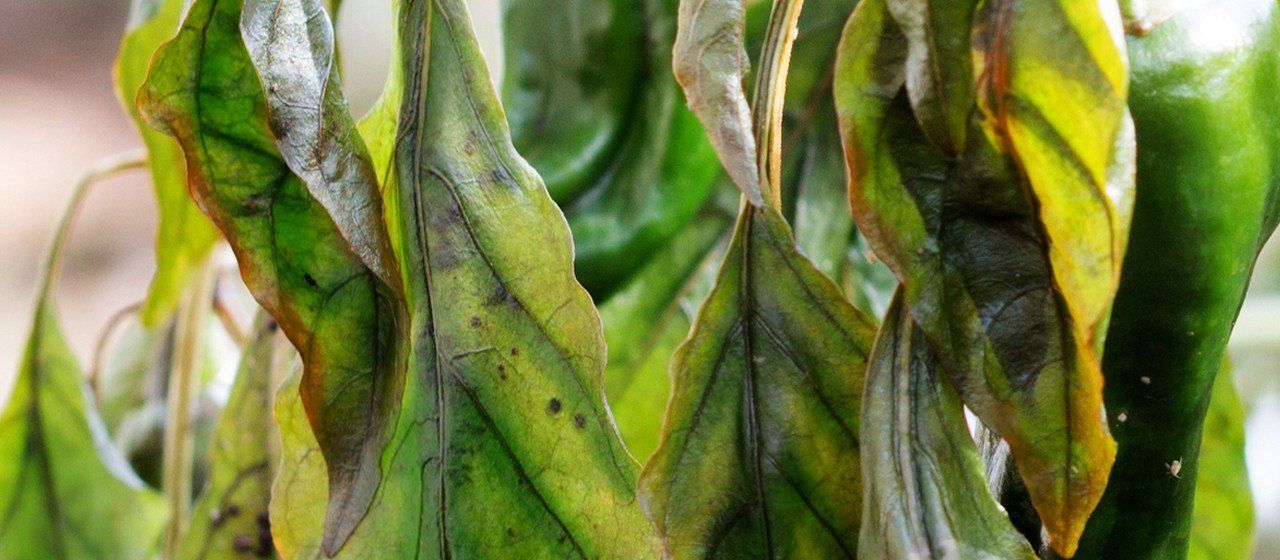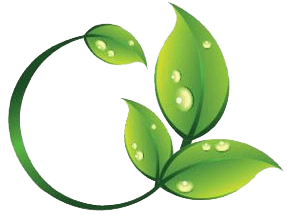Potassium Deficiency
How to spot if this is the case
Potassium is one of several chemical elements that plants require if they are to flourish. If there is a shortage then leaves can yellow from the edges and eventually die away. The older leaves will experience this first and brown spots can appear that look burned. The reason the older leaves suffer first is that the younger leave will find their supply from the older leaves.
An immediately obvious way to spot the deficiency is from pale fruits and smaller flowers.
Recognising a Deficiency
- Pale fruits
- Limp stems
- Smaller flower tops
- Reduced yield
- Less water absorption
Causes of Deficiency
- Too much sodium in the rooting area
- Too much calcium or magnesium in the soil or feed
- Too little potassium in the soil or feed
Prevention of Deficiency
Use a nutrient that is rich in potassium. Bat Guano is a nutrient that provides an enhanced level both of potassium and phosphorous and leads to great flowering. Keep the pH between 6.0 and 7.0 to ensure the best absorption.
Curing the Symptoms
Green Sensation from Plagronis a liquid fertiliser that provides extra potassium at the flowering stage and as a result there are heavier fruits that are harder and more compact.
What Potassium Provides
By strengthening the cell wall of the plant the resistance of the plant is enhanced. It also helps to regulate when the stomata open and close which means a more orderly exchange of CO2, oxygen and water vapour. Good stomata function is necessary for efficient photosynthesis, cooling and nutrient transport within the plant. As with anything, good nutrient and energy consumption leads to a stronger and healthier product


